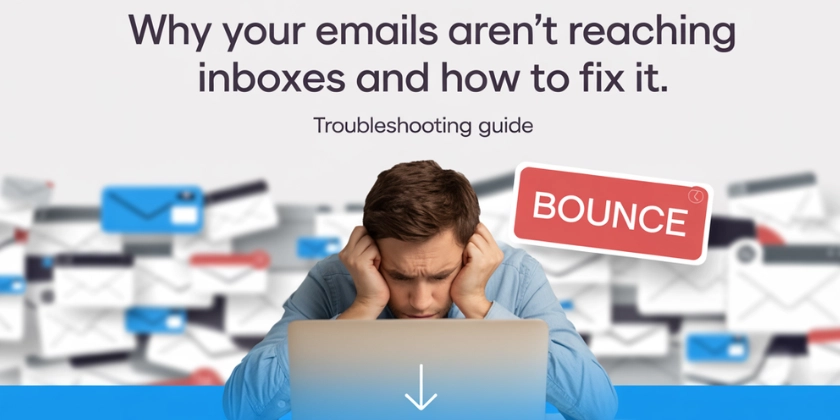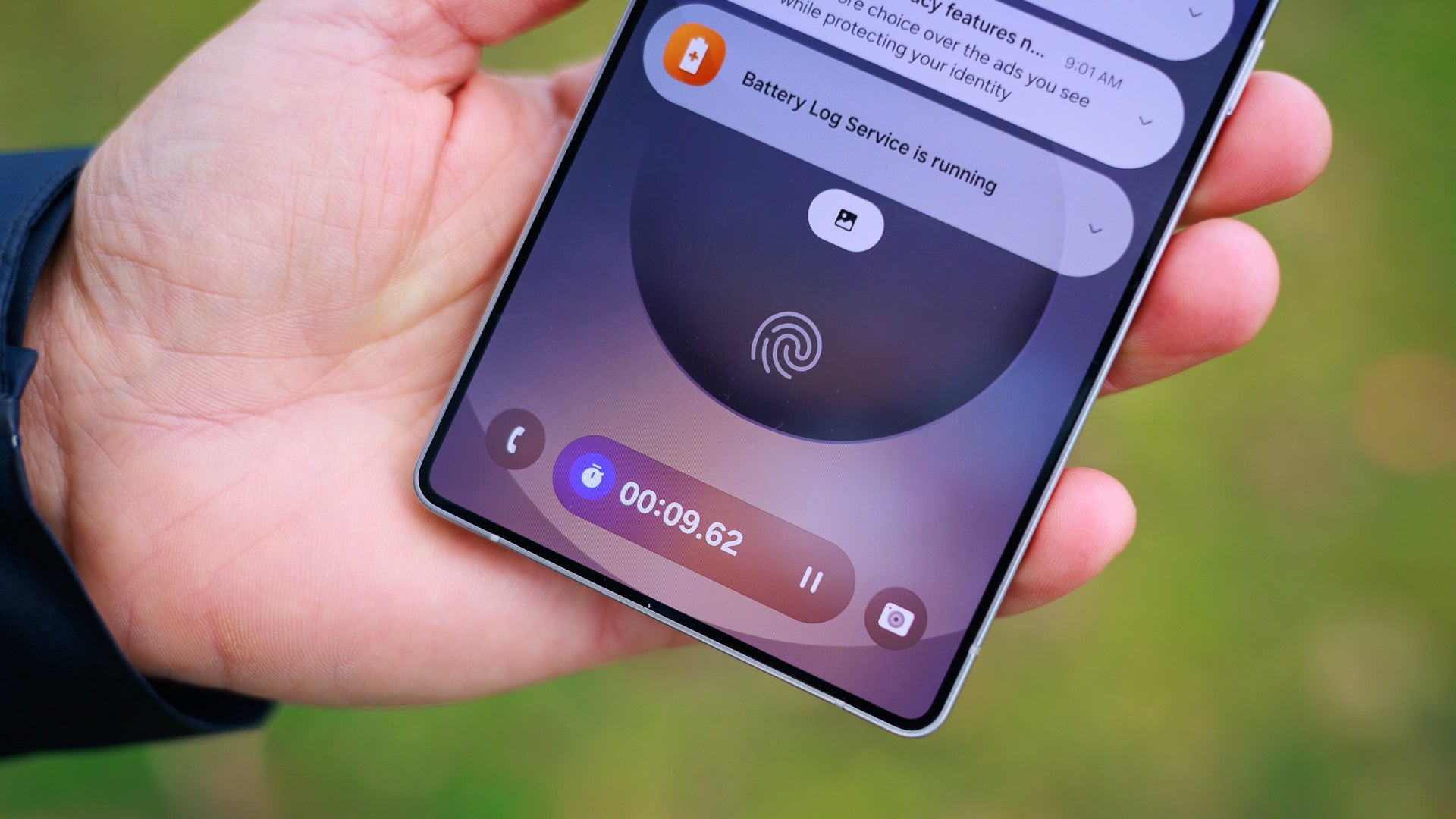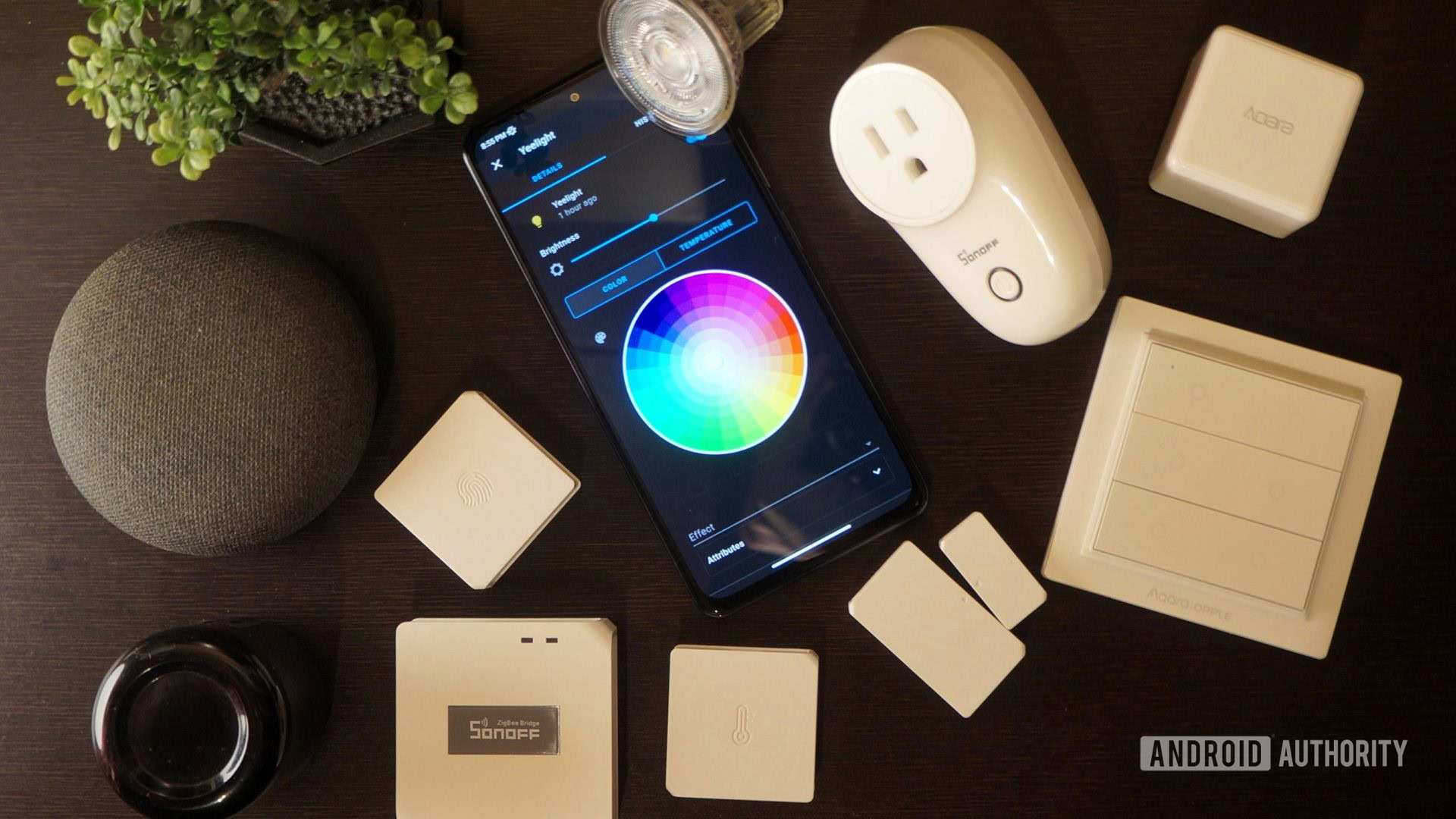Why Your Emails Aren’t Reaching Inboxes And How to Fix It
In the world of digital communication, email remains one of the most powerful tools for businesses. Yet, even with the best content and design, your emails might still end up in the dreaded spam folder or worse, never reach your audience at all. If you've noticed low open rates or minimal engagement, email deliverability issues could be the culprit. Let’s explore why your emails aren’t reaching inboxes, and more importantly, how to fix it. What Is Email Deliverability? Email deliverability refers to the ability of your email campaigns to reach your subscribers' inboxes. It’s not just about sending an email successfully; it’s about making sure it lands where it's supposed to—the inbox, not the spam folder. Deliverability is influenced by several technical and content-related factors that email service providers (ESPs) use to filter incoming messages. Common Reasons Your Emails Aren’t Reaching Inboxes 1. Poor Sender Reputation ISPs (Internet Service Providers) assign a sender reputation score based on factors like complaint rates, bounce rates, and sending volume. A low score can cause your emails to be blocked or flagged as spam. Fix: Use a consistent sending domain and email address. Regularly monitor your sender reputation using tools like Google Postmaster Tools or Sender Score. Reduce complaints by sending only to users who opted in. 2. Lack of Authentication ISPs look for authentication protocols to confirm that an email is from a trusted source. Without these, your emails may be treated as suspicious. Fix: Implement the following email authentication protocols: SPF (Sender Policy Framework) DKIM (DomainKeys Identified Mail) DMARC (Domain-based Message Authentication, Reporting, and Conformance) These settings validate your emails and reduce the risk of spoofing. 3. High Bounce Rates Hard bounces occur when emails are sent to invalid or non-existent addresses. Too many bounces signal poor list hygiene, hurting your reputation. Fix: Regularly clean your email list. Use double opt-in methods to ensure valid email addresses. Remove unengaged or inactive users after a defined period. 4. Spammy Content ISPs use content filters to detect potential spam. Overuse of trigger words (like “free,” “urgent,” “buy now”), all-caps subject lines, or misleading information can get your email flagged. Fix: Write clear, honest subject lines. Avoid spammy phrases and maintain a balance of text and images. Use a spam checker tool (like Mail Tester) before sending. 5. Sending from a Shared IP with Bad Neighbors If you're on a shared IP and another sender misbehaves, your reputation can be affected too. Fix: Consider using a dedicated IP if you send large volumes of email. Choose a reputable email service provider that monitors shared IP usage. 6. Lack of Engagement ISPs measure how recipients interact with your emails. If many users delete without opening or mark them as spam, deliverability suffers. Fix: Segment your list and send personalized, relevant content. Use re-engagement campaigns to win back inactive users—or remove them. Optimize send times based on user behavior. Bonus: Technical Best Practices to Improve Deliverability Use a recognizable “From” name and email address. Set up a custom domain for your tracking links. ESPs often use shared tracking domains, which can be flagged. Warm up your domain/IP gradually when starting new campaigns. Monitor feedback loops to learn when recipients mark your email as spam. Tools to Audit Your Email Deliverability Here are some trusted tools to help you identify and fix issues: Tool Purpose Google Postmaster Tools Monitor reputation and delivery issues Mail Tester Analyze email content and configuration MXToolbox Check DNS records and blacklists Sender Score Track your sender reputation GlockApps Test inbox placement across providers Conclusion Email deliverability isn’t just a technical issue—it’s a critical part of your email marketing strategy. By understanding the factors that affect inbox placement and proactively addressing them, you can dramatically improve your reach, engagement, and ROI. Start with a full audit of your current practices, fix the common pitfalls, and build a long-term plan to maintain a healthy sender reputation. Because at the end of the day, even the best email won’t work if no one sees it.

In the world of digital communication, email remains one of the most powerful tools for businesses. Yet, even with the best content and design, your emails might still end up in the dreaded spam folder or worse, never reach your audience at all. If you've noticed low open rates or minimal engagement, email deliverability issues could be the culprit.
Let’s explore why your emails aren’t reaching inboxes, and more importantly, how to fix it.
What Is Email Deliverability?
Email deliverability refers to the ability of your email campaigns to reach your subscribers' inboxes. It’s not just about sending an email successfully; it’s about making sure it lands where it's supposed to—the inbox, not the spam folder.
Deliverability is influenced by several technical and content-related factors that email service providers (ESPs) use to filter incoming messages.
Common Reasons Your Emails Aren’t Reaching Inboxes
1. Poor Sender Reputation
ISPs (Internet Service Providers) assign a sender reputation score based on factors like complaint rates, bounce rates, and sending volume. A low score can cause your emails to be blocked or flagged as spam.
Fix:
- Use a consistent sending domain and email address.
- Regularly monitor your sender reputation using tools like Google Postmaster Tools or Sender Score.
- Reduce complaints by sending only to users who opted in.
2. Lack of Authentication
ISPs look for authentication protocols to confirm that an email is from a trusted source. Without these, your emails may be treated as suspicious.
Fix:
Implement the following email authentication protocols:
- SPF (Sender Policy Framework)
- DKIM (DomainKeys Identified Mail)
- DMARC (Domain-based Message Authentication, Reporting, and Conformance)
These settings validate your emails and reduce the risk of spoofing.
3. High Bounce Rates
Hard bounces occur when emails are sent to invalid or non-existent addresses. Too many bounces signal poor list hygiene, hurting your reputation.
Fix:
- Regularly clean your email list.
- Use double opt-in methods to ensure valid email addresses.
- Remove unengaged or inactive users after a defined period.
4. Spammy Content
ISPs use content filters to detect potential spam. Overuse of trigger words (like “free,” “urgent,” “buy now”), all-caps subject lines, or misleading information can get your email flagged.
Fix:
- Write clear, honest subject lines.
- Avoid spammy phrases and maintain a balance of text and images.
- Use a spam checker tool (like Mail Tester) before sending.
5. Sending from a Shared IP with Bad Neighbors
If you're on a shared IP and another sender misbehaves, your reputation can be affected too.
Fix:
- Consider using a dedicated IP if you send large volumes of email.
- Choose a reputable email service provider that monitors shared IP usage.
6. Lack of Engagement
ISPs measure how recipients interact with your emails. If many users delete without opening or mark them as spam, deliverability suffers.
Fix:
- Segment your list and send personalized, relevant content.
- Use re-engagement campaigns to win back inactive users—or remove them.
- Optimize send times based on user behavior.
Bonus: Technical Best Practices to Improve Deliverability
- Use a recognizable “From” name and email address.
- Set up a custom domain for your tracking links. ESPs often use shared tracking domains, which can be flagged.
- Warm up your domain/IP gradually when starting new campaigns.
- Monitor feedback loops to learn when recipients mark your email as spam.
Tools to Audit Your Email Deliverability
Here are some trusted tools to help you identify and fix issues:
| Tool | Purpose |
|---|---|
| Google Postmaster Tools | Monitor reputation and delivery issues |
| Mail Tester | Analyze email content and configuration |
| MXToolbox | Check DNS records and blacklists |
| Sender Score | Track your sender reputation |
| GlockApps | Test inbox placement across providers |
Conclusion
Email deliverability isn’t just a technical issue—it’s a critical part of your email marketing strategy. By understanding the factors that affect inbox placement and proactively addressing them, you can dramatically improve your reach, engagement, and ROI.
Start with a full audit of your current practices, fix the common pitfalls, and build a long-term plan to maintain a healthy sender reputation. Because at the end of the day, even the best email won’t work if no one sees it.












































































![Apple Shares Official Trailer for 'Echo Valley' Starring Julianne Moore, Sydney Sweeney, Domhnall Gleeson [Video]](https://www.iclarified.com/images/news/97250/97250/97250-640.jpg)

![Netflix Unveils Redesigned TV Interface With Smarter Recommendations [Video]](https://www.iclarified.com/images/news/97249/97249/97249-640.jpg)


















































































































_Wavebreakmedia_Ltd_IFE-240611_Alamy.jpg?width=1280&auto=webp&quality=80&disable=upscale#)

_Alexey_Kotelnikov_Alamy.jpg?width=1280&auto=webp&quality=80&disable=upscale#)























































































































![[The AI Show Episode 146]: Rise of “AI-First” Companies, AI Job Disruption, GPT-4o Update Gets Rolled Back, How Big Consulting Firms Use AI, and Meta AI App](https://www.marketingaiinstitute.com/hubfs/ep%20146%20cover.png)





























































































































































































-Pokemon-GO---Official-Gigantamax-Pokemon-Trailer-00-02-12.png?width=1920&height=1920&fit=bounds&quality=70&format=jpg&auto=webp#)








.jpg?#)

























































